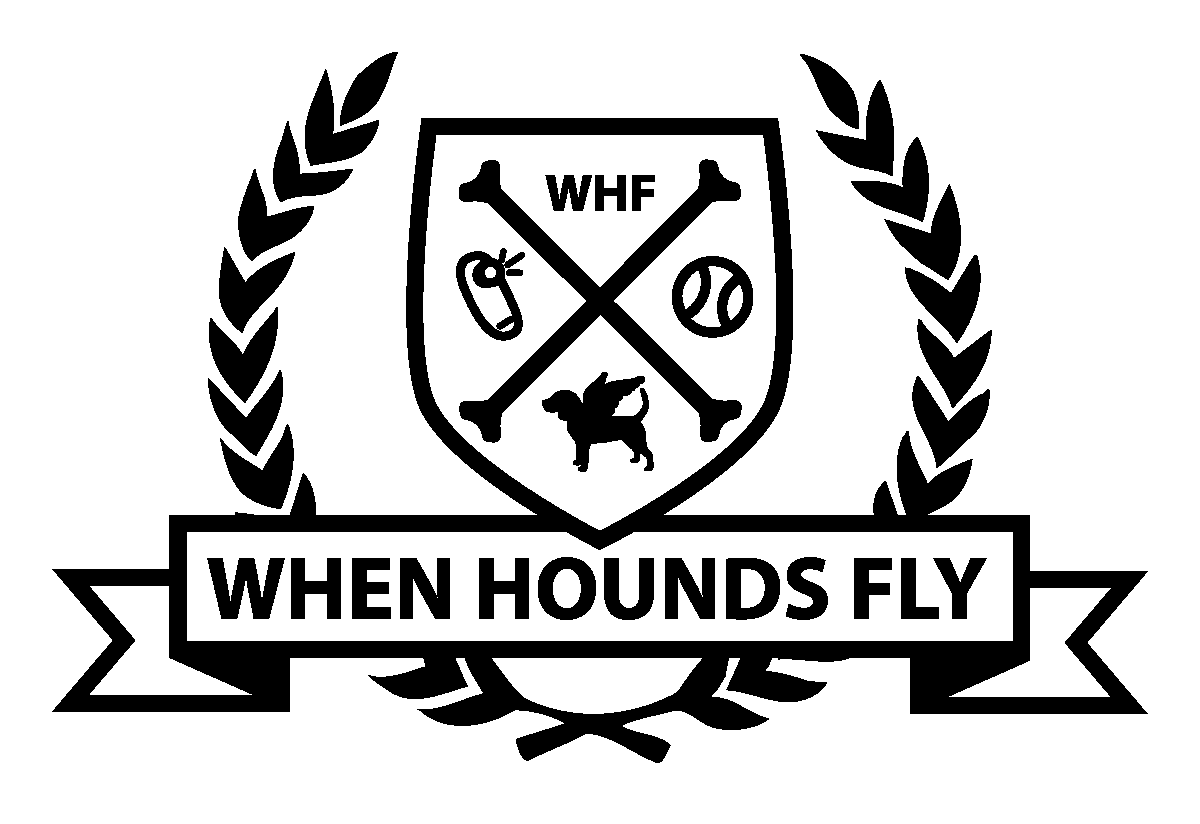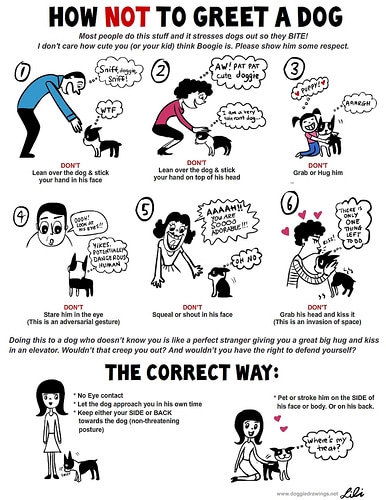Keep Your Dog and Your Family Safe from Dog Bites
Did you know that in the US, 4.7 million people are bitten by dogs each year? And, of those incidents, 77% of them are bites from the family pet (or a friend’s pet), and 50% of bites occur on the owner’s property? This means that you are more likely to be bitten by your own family dog than someone elses!
The next important fact to know is that dog bites rarely happen “out of the blue, all of a sudden”. Most dogs exhibit a wide range of body language and signals to indicate they are uncomfortable with the situation. The problem is, humans either do not understand or choose to ignore those clear communication signals. The dog is forced to either tolerate, run away, or bite.
The first thing you should do is learn how to greet and interact with dogs appropriately. The first rule is you should always ask the owner of the other dog if is it OK to say hello to them. Not all dogs will tolerate a stranger giving them a rough head pet. This is especially important to teach children. Lili Chin. of www.doggiedrawings.net created this great illustration called “How Not To Greet A Dog”:
Needless to say – dogs do not like head pets, people leading over them, staring them in the face, scrunching their hears, hugging them chest to chest, or kisses to the head. You never see two dogs greeting each other this way. You DO see primates greeting this way though – and guess what, we’re primates.
The second thing you should do is learn how to read canine body language. Once you know what to look for, it becomes very obvious when a dog is upset or in a position where a bite is possible. Visit www.doggonesafe.com and view the “Learn to Speak Dog” section here: http://www.doggonesafe.com/Speak_Dog
A few examples of signs of anxiety in a dog include
- Head turns away from you
- Panting
- Whale Eye / Half Moon Eye (whites of eyes showing, especially when normally you never see them)
- Scratching
- Shake-off (as if the dog was wet, but he’s dry) after the hugging/touching ends
- Yawning
- Lip-Licking
- Standing up and walking away
If your dog does these things while being touched or greeted by other people, this is a sign that your dog is uncomfortable. If you don’t listen to them, they may feel like they have no choice but to start showing signs of aggression like. Many people fail to even notice these more obvious signs:
- Body stiffens
- Lip curls / showing teeth
- Low growl
- Nose-bumping (jumping up to bump his nose against yours)
- Air biting (intentionally biting and missing as a warning shot)
The third thing you should do, especially if you are the owner of a new puppy, is ensure they are extremely well socialized by the time they turn 13 weeks of age! Ensure your new puppy has met over 100 different types of people, has been handled in a variety of ways (but always gently), and fed yummy treats. This early socialization helps increase the tolerance that your puppy will have for the types of greetings they don’t like.
Lastly… if you have a young one, or are inviting young ones over to your house where they will interact with a dog – teach them that dogs are not stuffed animals or playthings – basically do the opposite of what is in the following video:
http://www.youtube.com/watch?v=UsheRA3uP-Y
And here is a video of Gunner the Dalmation displaying every warning behaviour possible that precedes a bite. I have no idea what the mother of this toddler is thinking!!!

